Category: Great Ayton
-
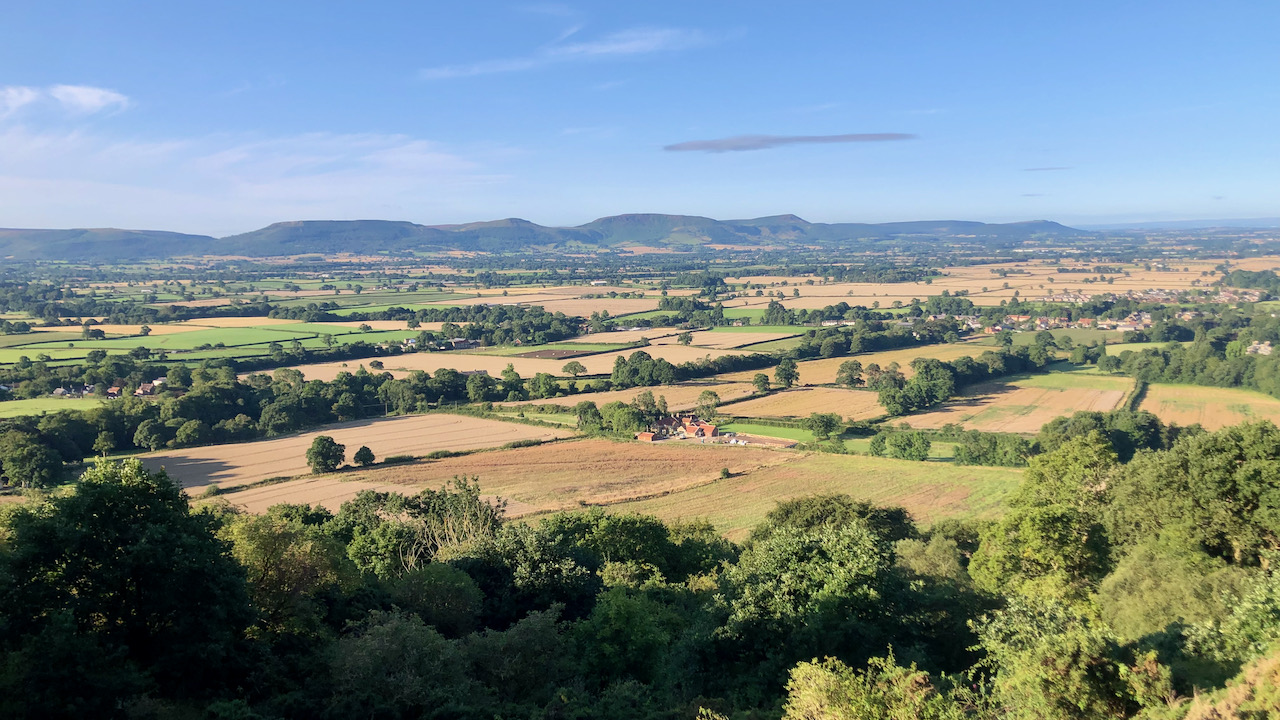
Forgotten Fields and Stolen Commons: The Tragic Consequences of Enclosure
On this day in the year 1845, Parliament passed the Inclosure Act 1845, an ominous piece of legislation that concluded a grim transformation to the country. This Act, a tool of the powerful, wrested away the public land and enshrined the authority of enclosure commissioners, who, free from the yoke of parliamentary scrutiny, could enclose…
-
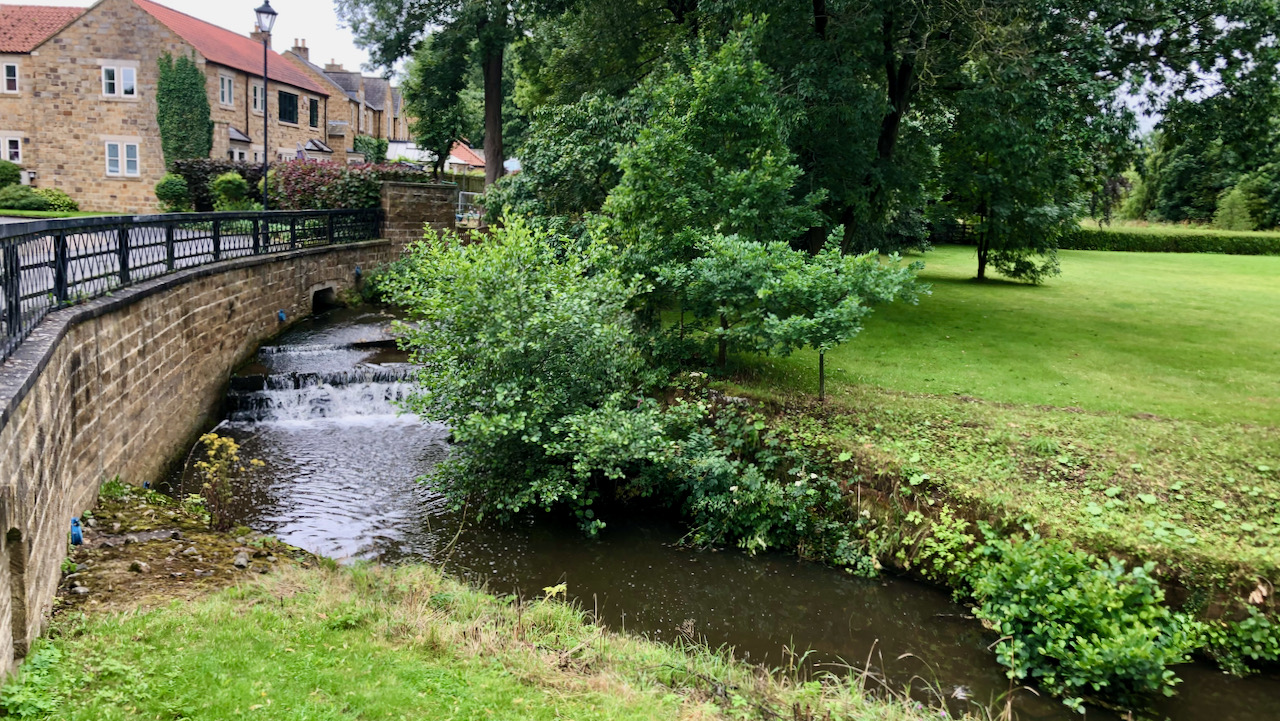
Rediscovering a ford on the River Leven: last captured in 1998
The other day, out of nowhere, I was jolted back to the year 1998 when a long-forgotten photograph emerged out of cyberspace. It shows the ford on the River Leven, nestled gracefully into the grounds of the Friends’ School at Great Ayton. Astonishingly, I have no recollection of ever capturing this moment, and the realisation…
-
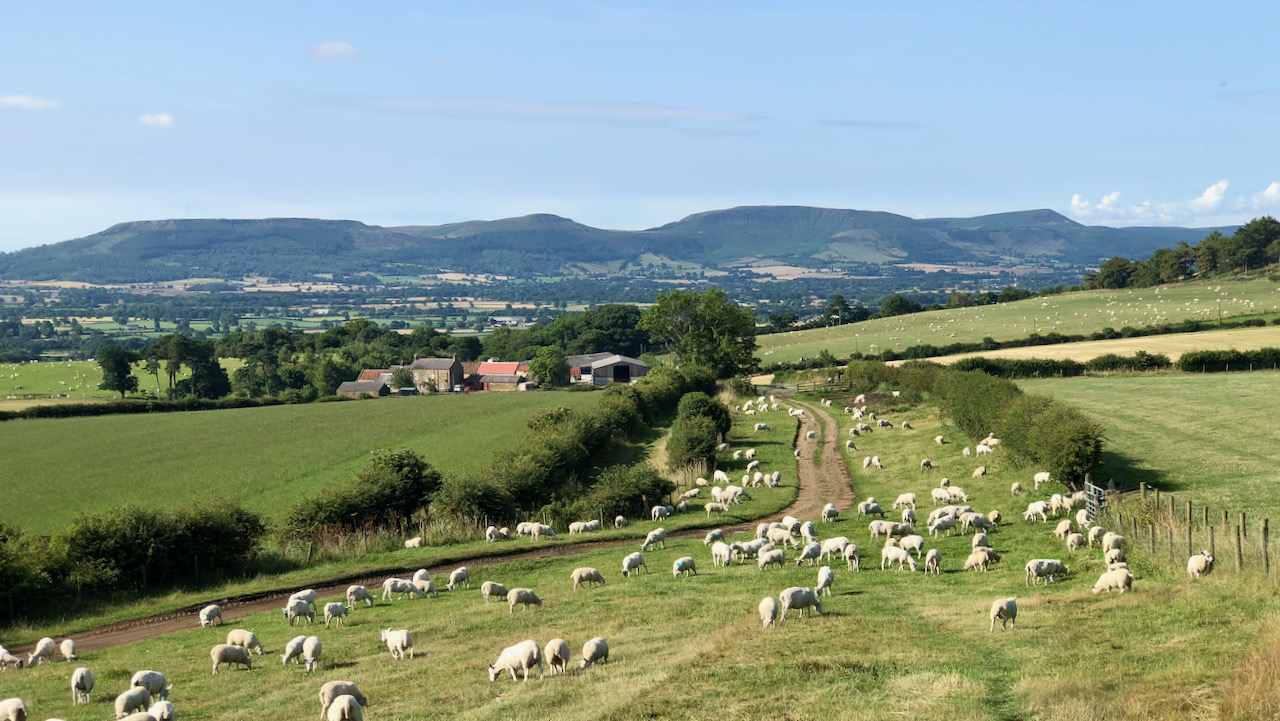
Aireyholme Lane — A trade route of the past?
Descending Aireyholme Lane to the farm was like being part of a time-honoured ritual, with the sheep gracefully separating like the biblical Moses parting the Red Sea. The scene held an air of timelessness, as if this track had been used since the dawn of time. But one couldn’t help but wonder, when exactly was…
-
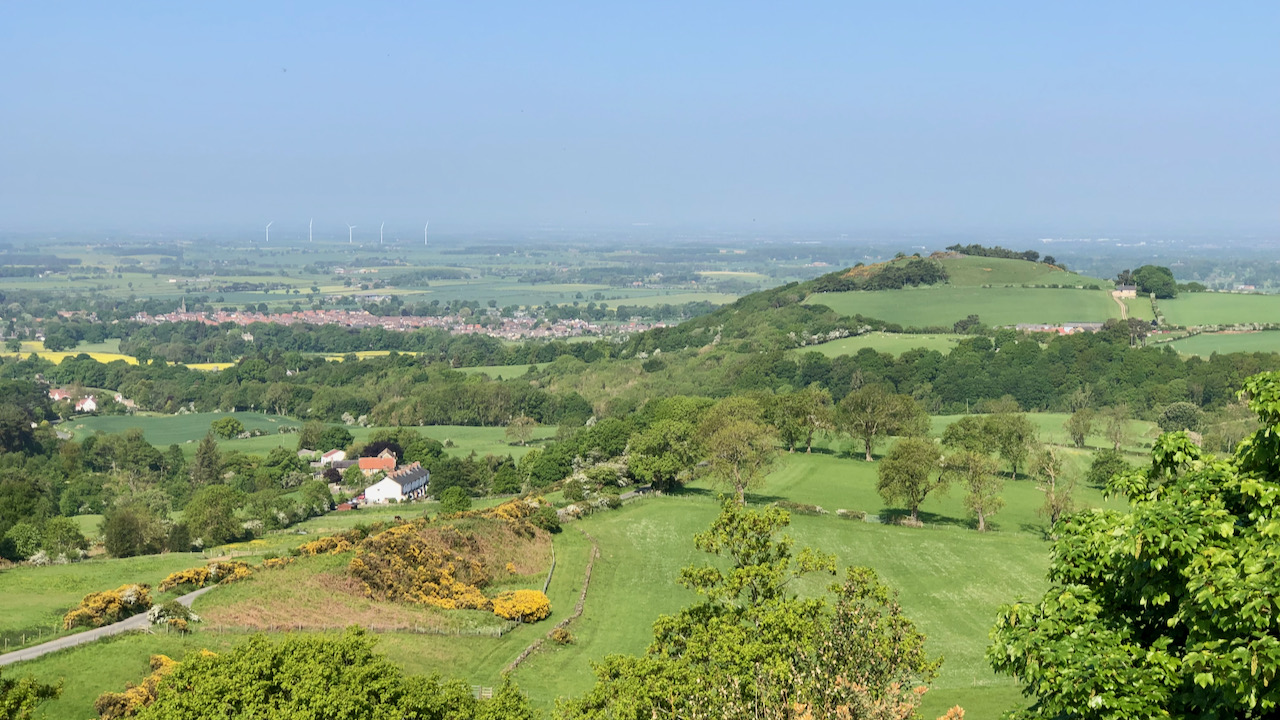
A view along the Cleveland Dyke
A view looking down on Gribdale Terrace, a row of white cottages built to accommodate the quarrymen employed at the adjacent whinstone mine and quarry. The line of the Whinstone or Cleveland Dyke can clearly be seen in the photograph, stretching from Cliff Rigg in the distance to behind the cottages where it follows the…
-
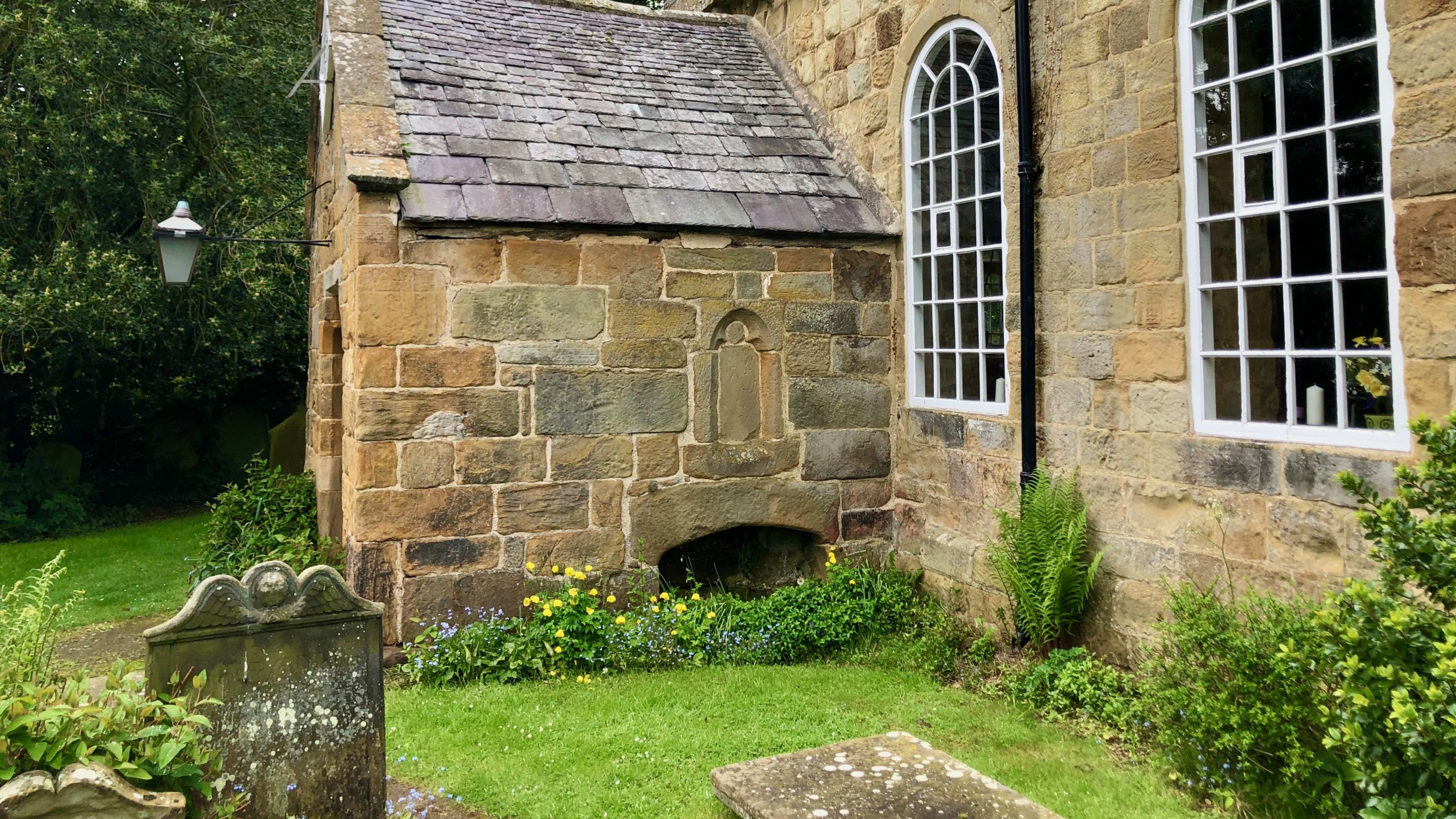
The Charnel House of All Saints Church
What a gloomy morning it was, with the moors blanketed in clag. However, as the afternoon arrived, so did the sun, and I popped down to the village’s All Saints church to photograph its alleged charnel house. I’ve posted about this remarkable church before, it proudly stands as the oldest structure in Great Ayton. The…
-
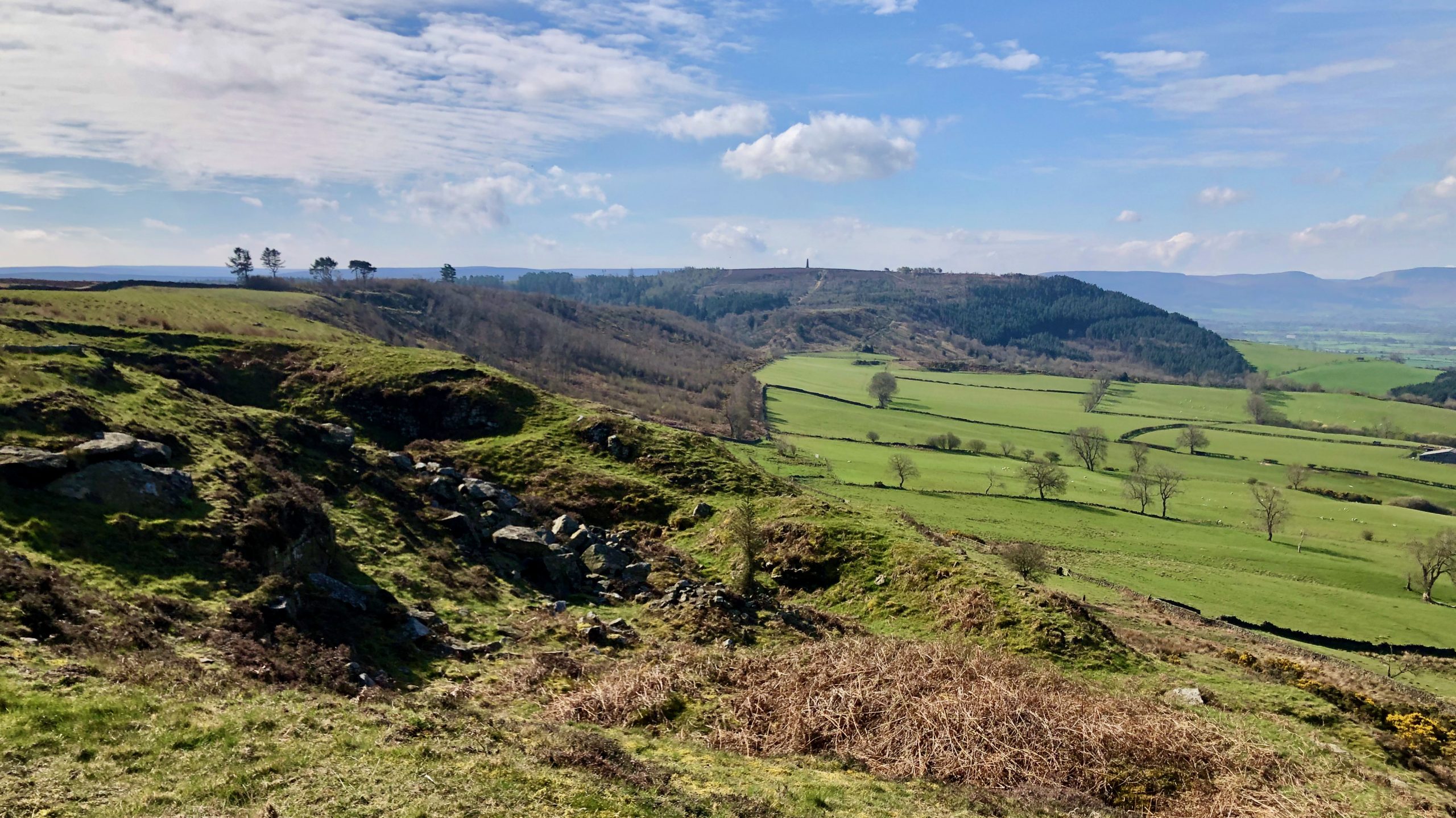
Ayton Bank — and a delve into the world of ‘Tumblers’
This morning, I was lucky enough to get dropped off in Guisborough, and decided to walk back home, a one-way trip; avoiding, of course, the more popular paths since it’s a Sunday. Ayton Bank is off the beaten track that offers a quiet location. In the distance is Easby Moor, topped with Capt. Cook’s Monument.…
-
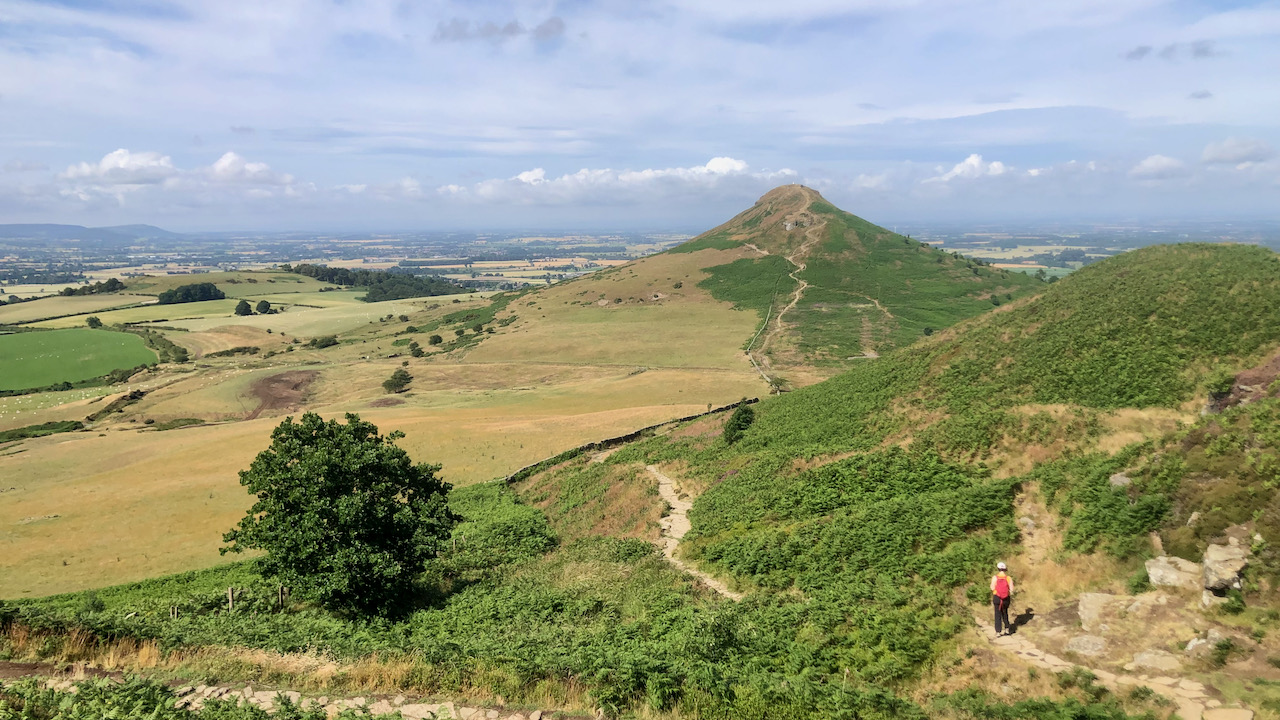
The Rose of Rosebery
In this delightful piece written back in 1900, Richard Blakeborough recounts the peculiar practice of ‘Standing the Church.’ Now, this particular punishment bears an uncanny resemblance to the tradition of ‘Charivari,’ ‘Rough Music,’ or, as Northerners called it, ‘Riding the Stang.’ Since the late 17th century, the terms have commonly been employed to describe a…
-
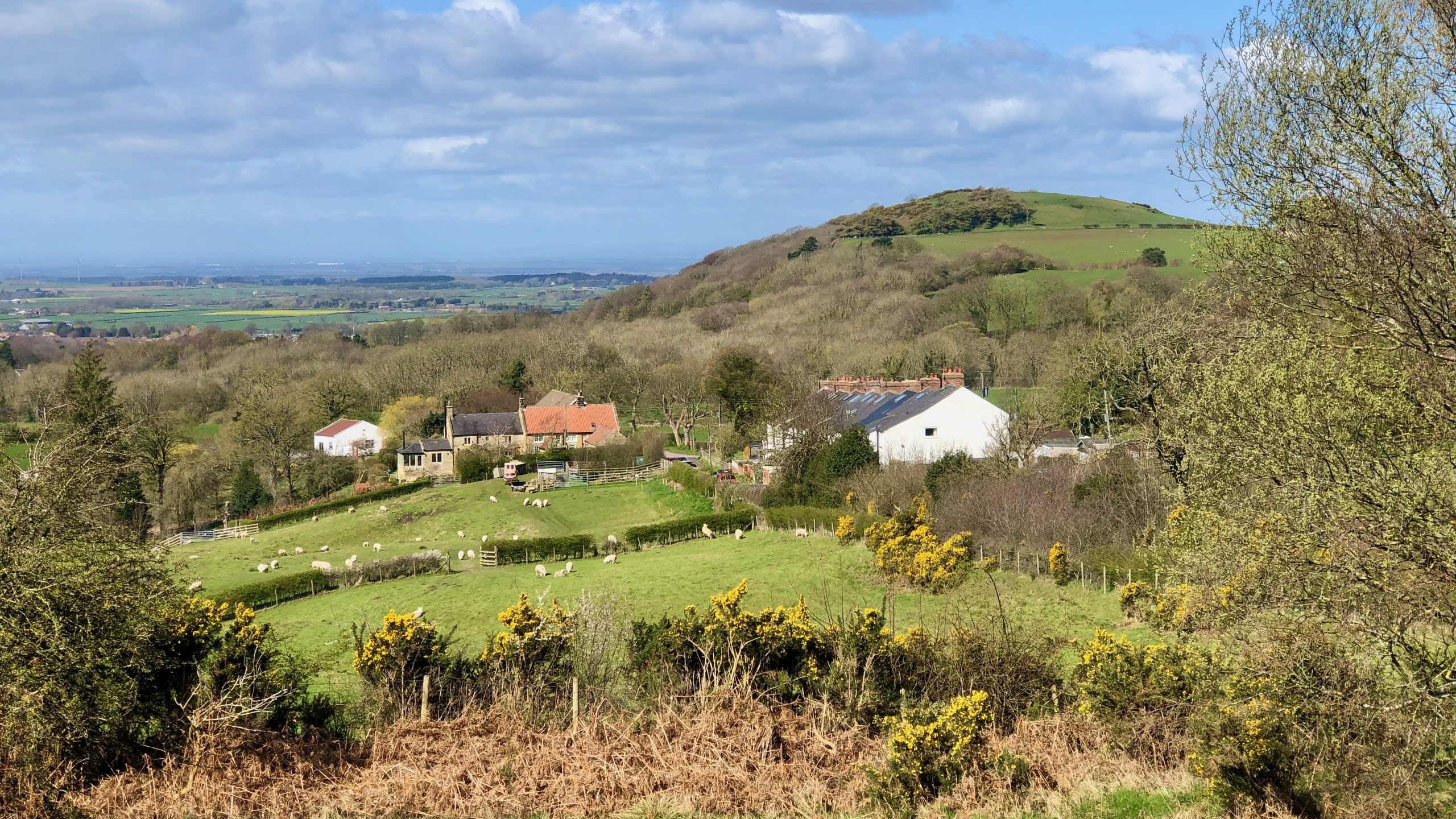
The Rise and Fall of Alum Production in Great Ayton
As I descend from Capt. Cook’s Monument, approaching Gribdale Terrace, the former whinstone quarrymen’s cottages gleam white, with Cliff Rigg rising behind them. Before me, in the centre of the photo is a range of sandstone buildings mapped as Bank House Farm on the 1853 OS Six-inch map, but an auction advertisement in the Yorkshire…
-
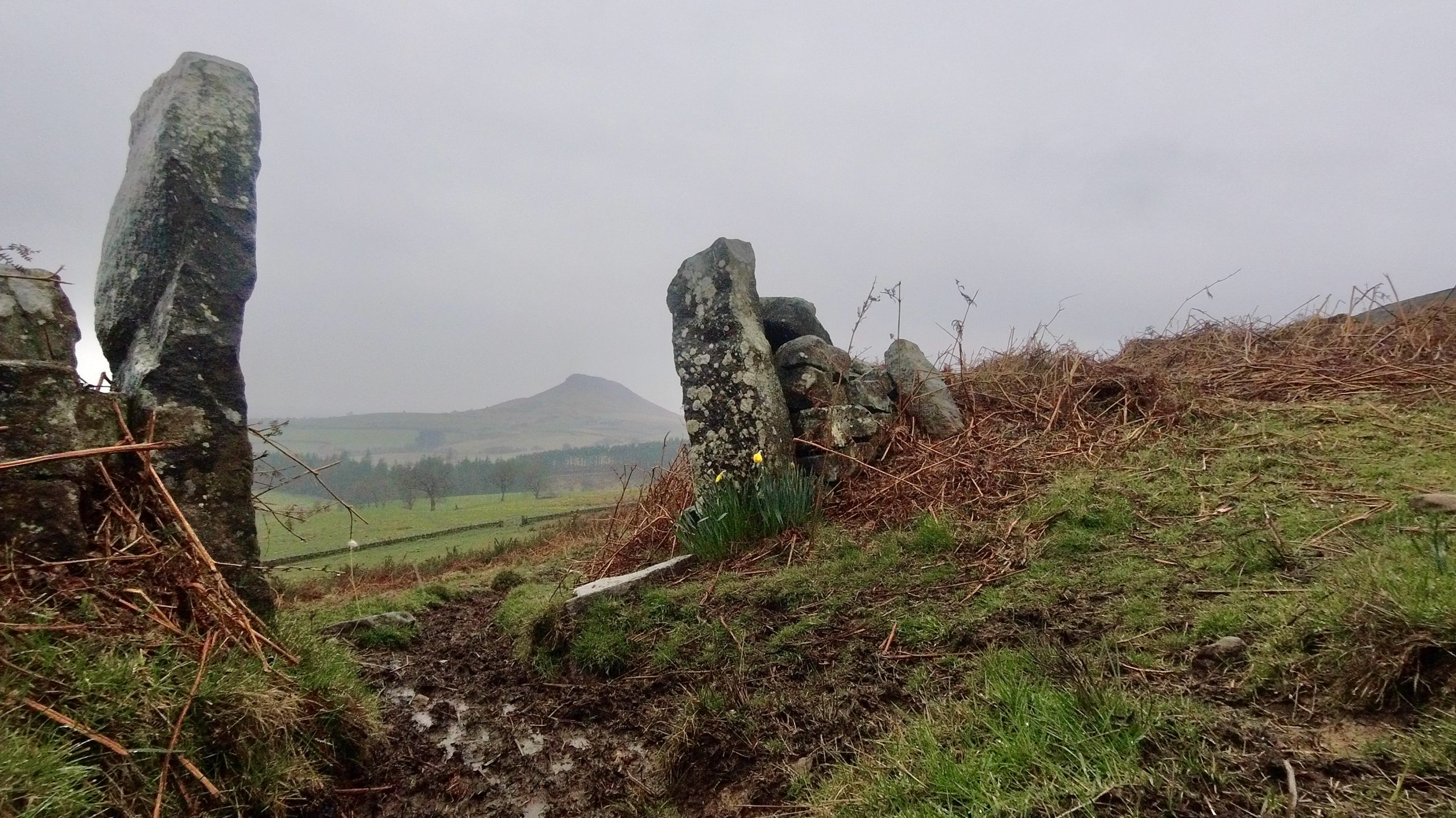
Through Mist and Mud
Amidst the bleakness of a dreary day near the old site of Summerhill Farm, stand these lichen covered gate posts, a testament to times long gone. The muddy path between them is now only trod by sheep, and the ruinous dry stone wall adds to the sense of abandonment. Yet, in the midst of it…
-
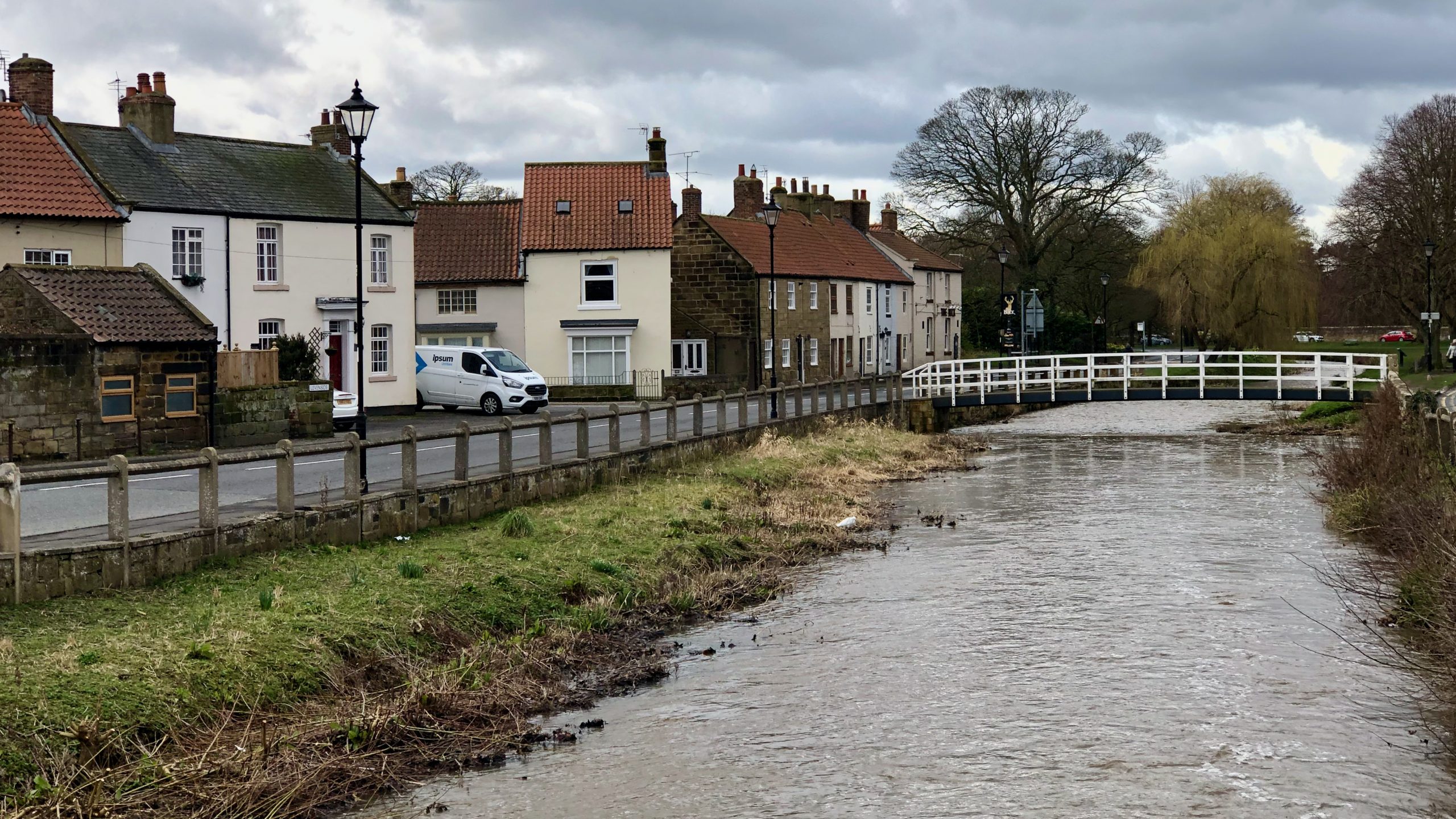
Andrew Carter: A Story of Canny Yatton 270 Years Ago
Another story from the works of Richard Blakeborough set in Canny Yatton, the local name for Great Ayton. Blakeborough wrote this account in 1902, stating that the event took place approximately 150 years prior, in 1752. At that time, James Cook, the most well-known resident of Great Ayton, was just 24 years old and had…